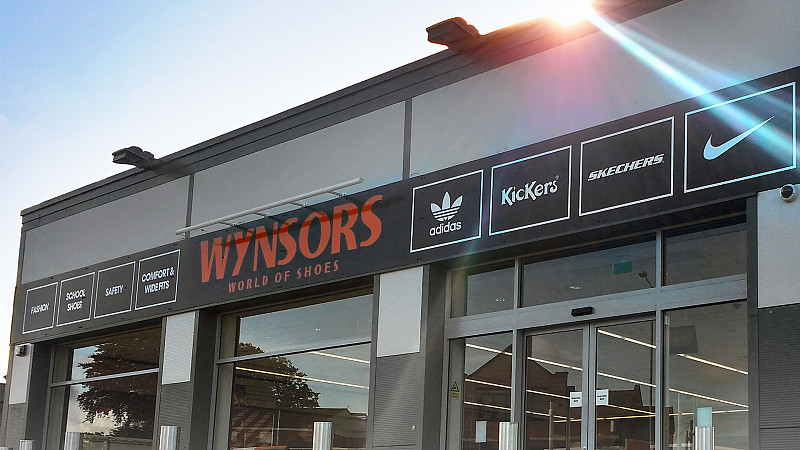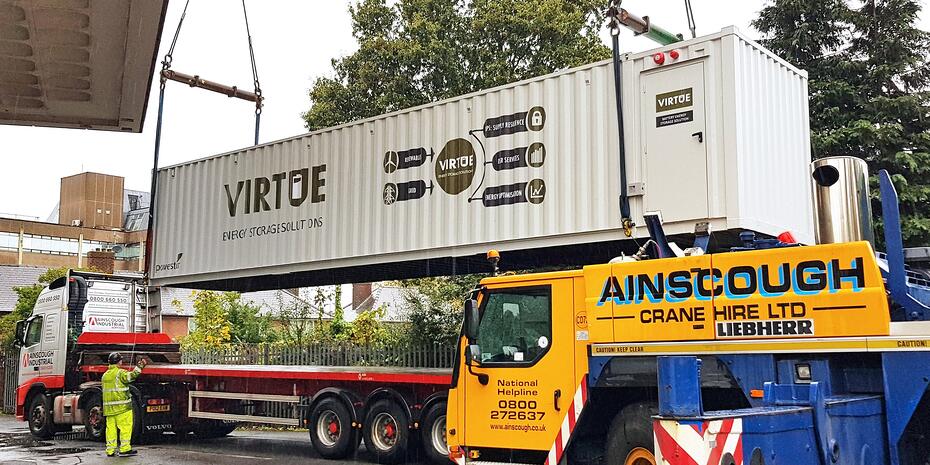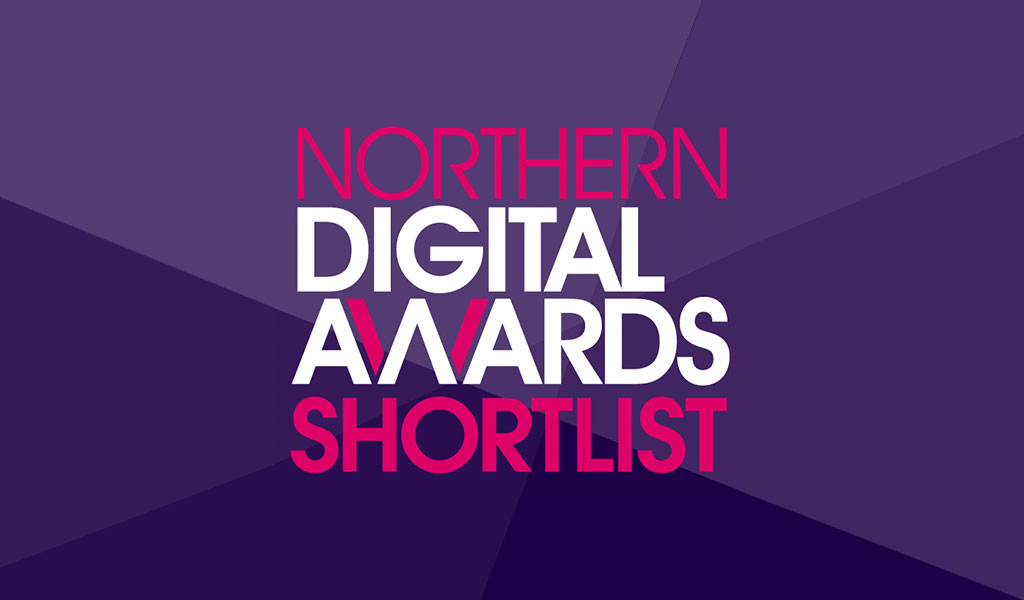
There’s a growing momentum around how retailers can deliver seamless customer experiences that reflect their customers’ values and priorities.
Today’s shoppers expect more than just fast delivery.
Increasingly, they’re looking for brands that are inclusive, conscious of their environmental impact, and aligned with a broader sense of purpose. These values aren’t ‘nice to haves’. They’re influencing purchasing decisions, brand loyalty, and long-term trust.
At Nexer, we work with organisations to deliver human-centred, accessible digital services that keep people at their heart. With the eCommerce landscape rapidly evolving, driven by a shifting global landscape and legislative changes closer to home, there’s never been a better time for retail businesses to take action on improving their digital products and services.
Inclusive end-to-end services
To ensure a customer experience is truly inclusive, it’s important that accessibility is baked into the entire service, beyond just the digital elements.
That starts with understanding user needs across different channels, whether digital, physical or hybrid. It means designing content and interactions that are clear and consistent, and helping people achieve their goals without unnecessary blockers. It also involves supporting those who may be offline, have low digital confidence, or rely on assistive technologies.
As AI and automation become more embedded in retail experiences, it's also essential to ensure these tools support, rather than replace human-centred services. A chatbot might handle simple queries efficiently, but people still need clear paths to access human help when it’s needed, both on and offline.
Whether it’s a product return, a refund query, or assistance with a delivery, people rightly expect joined-up, intuitive support, not a maze of inaccessible PDFs, overly complex systems or help centres that assume too much digital literacy.
That’s where service design plays a crucial role in mapping and improving the entire customer journey to make it more inclusive. Most retail experiences involve bouncing between different platforms, from social referrals, to brand sites, delivery apps and after sales helpdesks. Retail brands are responsible for ensuring the whole experience is accessible, so this changes how different platform vendors work together
We work with retailers to uncover where their services might present gaps for the people using them, and how to improve the experience for everyone.
Why should retailers make accessibility a priority?
Accessibility has always been a moral imperative, but for retailers operating in Europe, it’s about to become a legal one too.
The European Accessibility Act (EAA) comes into effect in June 2025, requiring that a range of services, including eCommerce websites, mobile apps, and self-service terminals, are accessible, including to people with disabilities.
This includes everything from product search and checkout processes to customer service channels, logistics and digital content.
Inclusive design increases reach and reduces the risk of costly retrofitting down the line. It helps businesses meet their values and customer expectations, both of which are proven to drive brand trust and loyalty.
Indeed, it’s estimated that 4.3 million disabled online shoppers in the UK click away from inaccessible websites, representing a potential £11.75 billion in lost revenue. What’s more, 75% of disabled people and their families have walked away from a UK business because of poor accessibility or customer service.
At Nexer Digital, we work across sectors, including retail and consumer brands, to help organisations understand where they are on their accessibility journey and what comes next. We’re helping teams prepare for the EAA through auditing, role-based training, and strategic road mapping.
Driving more sustainable choices
Sustainability and accessibility are often treated as separate conversations. But in practice, they’re deeply connected, and both shape how customers perceive and interact with retail brands.
Retailers are already under pressure to reduce their environmental impact and improve transparency in their supply chains. Now, digital services are coming under scrutiny too. What’s the carbon footprint of your website or app? Are you encouraging responsible use, or contributing to content overload?
Designing sustainable digital services means reducing complexity, streamlining content, and making intentional decisions about what we create and how we deliver it. Often, the results are not only less carbon intensive, they’re more accessible too.
Leading with our values
Retailers who lead with values and take action to back them up are better positioned for long-term success.
As accessibility becomes a legal requirement, and sustainability a competitive differentiator, now is the time for retailers to invest in ethical customer experiences and demonstrate a commitment to inclusion.
Get in touch with us to learn how we can help your business with inclusive and sustainable services: hello@nexerdigital.com









